Description
The instruction for use of medicine for experts of Carlonas 5 of Carlonas 10 the Trade name of Carlonas 5 of Carlonas 10 the International unlicensed name of Enalapril a maleate the Dosage form of the Tablet of 5 mg, 10 mg Structure One tablet contains active agent – enalapril a maleate of 5 mg, 10 mg, excipients: lactose, corn starch, avitset PH 102, aerosil, sodium bicarbonate, magnesium stearate. The description Round tablets with a flat surface of white color with a facet and risky on one party. Pharmacotherapeutic group the Drugs influencing renin-angiotenzinovuyu a system. Inhibitors of angiotensin-converting enzyme (APF). The code of automatic telephone exchange C09AA02 the Pharmacological Pharmacokinetics At properties oral administration about 70% of enalapril is soaked up in digestive tract. Enalapril is metabolized in a liver in an active form – enalaprilat. The peak of concentration of enalaprilat in serum is observed in 3 – 4 hours. Enalapril is distributed in fabrics and fluid mediums. Gets through a placental barrier, it is allocated with breast milk. For 50 – 60% enalapril contacts proteins of plasma. The half-life period of enalapril is 11 hours. In chronic kidney disease this period is extended. 60-70% of enalapril of a maleate at single dose of 10 mg are removed with urine, 30% – from a fekalyama in 24-48 hours in the form of enalapril and enalaprilat. The antihypertensive effect proceeds within 24 hours. However the maximum therapeutic effect is reached after several weeks. The pharmacodynamics of Carlonas is powerful drug of long action which is APF inhibitor and is applied to treatment of arterial hypertension and chronic stagnant heart failure. The active metabolite of enalapril – enalaprilat, prevents transformation of inactive angiotensin I into angiotensin II and eliminates its vasoconstrictive action. Decrease in concentration of plasma and fabric angiotensin II results. Owing to inhibition of APF the arterial blood pressure, at the expense of a vazodilatation of arteries and veins decreases. It has no significant effect on warm emission and on stroke output. Reduces the general peripheric resistance of vessels (GPRV), reduces an afterload and preloading, reduces pressure in the right auricle and a small circle of blood circulation. Drug reduces a hypertrophy of a left ventricle. At use of drug the tone of the taking-out arterioles of balls of kidneys decreases, the intraglomerular hemodynamics thereby improves that interferes with development of a diabetic nephropathy. Indications – arterial hypertension (including renovascular) – prevention of asymptomatic dysfunction of a left ventricle for prevention of development of symptoms of heart failure – chronic heart failure (in a combination with a digitalis and/or diuretics) the Route of administration and doses Drug is appointed orally. Meal does not influence absorption of drug from digestive tract. Treatment of arterial hypertension the Initial dose – 5 mg once a day. Usually appointed maintenance dose of enalapril of a maleate of 10-20 mg a day, at single dose or having divided into two doses. If arterial hypertension of big degree, then a dose can be increased to the maximum quantity – 40 mg a day. It is recommended to stop intake of diuretics in 2-3 days prior to drug use. If cancellation of diuretics is impossible, then the initial dosage Carlona makes 2.5 mg a day. A renal failure the Renal Clearance of Creatinine function the Initial dose of ml/min. of mg/day Normal function of kidneys & gt, 80 ml/min. 5 mg Easy degree of PN of £80 & gt, 30 ml/min. 5 mg of PN of average and heavy degree of £30 ml/min. 2.5 mg Dialysis therapy – 2.5 mg in days of carrying out dialysis At a hemodialysis to the Patients who are on dialysis therapy are recommended to 2.5 mg of enalapril in days of carrying out dialysis, and in days between dialysis to take the drug at the increased arterial blood pressure. Chronic heart failure of Carlonas can be used in addition to diuretics and digitalis drugs. An initial dose – 2.5 mg once a day. Usually the dose Carlona in chronic heart failure makes 2.5-20 mg twice a day. The maximum daily dose makes 40 mg. Asymptomatic dysfunction of a left ventricle the Initial dose – 2.5 mg twice a day. Main dosage: the dose can be increased up to 20 mg a day in stages, in zavisimot from tolerance of drug by the patient. Side effects – dizziness, a headache, increased fatigue – cough – nausea, vomiting, dyspepsia, a constipation, dryness of a mucous oral cavity, diarrhea, an abdominal pain is rare – orthostatic hypotension, heartbeat, tachycardia – increase in level of enzymes of a liver and bilirubin in plasma – insomnia, irritability, paresthesia, drowsiness – passing increase in level of nitrogen, urea and creatinine – an itching, rash, a Quincke’s disease, Stephens-Johnson’s syndrome, a hyperhidrosis – retrosternal pains, a short-term loss of consciousness, an asthma, the increased sweating, a ring in ears – dorsodynias, arthralgias, muscular spasms – Contraindication impotence – hypersensitivity to this drug – a Quincke’s edema in the anamnesis after use of inhibitors of angiotensin-converting enzyme – a bilateral stenosis of renal arteries or a renal artery stenosis of the only kidney – a hyperpotassemia – pregnancy and the period of a lactation Medicinal interactions At simultaneous use: – with other antihypertensive substances, such as beta blockers, Methyldopa, antagonists of calcium and diuretics, antihypertensive effect of drug amplifies – with adrenoblockers, the patient has to be under careful observation of the doctor – with propranolol, the bioavailability Carlona can decrease, but it has no clinical value – with lithium drugs, its removal and concentration of lithium in blood slows down can increase – with non-steroidal anti-inflammatory drugs, leads to weakening of hypotensive action – with the vazodilatator containing nitrates, or the hypotensive effect can exponentiate anesthetics – at the general anesthesia the risk of developing of arterial hypotension increases – the level of plasma potassium usually within norm, however hyperpotassemia cases are observed – with diuretics, the likelihood of development of a hyperpotassemia decreases Carlonas can increase potassium level in blood at patients with a renal failure. In addition drugs of potassium are not recommended, to patients with a renal failure as it can lead to increase in potassium in blood. However, at inevitability of sharing of these substances, the care and konrol potassium level in blood is necessary. Special instructions as a result of inhibition renin – angiotensin – an aldosteronovy system, at some patients can be observed changes of function of kidneys. At patients with heart failure whose renal function can affect activity renin – angiotensin – an aldosteronovy system, treatment by APF inhibitors, including Carlonas, can lead to an oliguria and/or death. At some patients with arterial hypertension and heart diseases, without visible renovascular disturbances, increase in level of urea and creatinine in blood, usually insignificant and fast-passing, especially can be observed if Carlonas it is applied with diuretics. It is especially often observed at patients with earlier existing renal failure. In these cases it is necessary to cancel drug or to lower a dose of diuretics and/or Carlona. Increase in level of potassium (more than 5.7 meq/l) is observed in 1% of cases at patients with arterial hypertension. In most cases it were separate indicators which changed during treatment. At 0.28% of patients the hyperpotassemia was caused by drug withdrawal. During clinical trials at 3.8% of patients with heart failure the hyperpotassemia was observed, but it did not cause drug withdrawal. Risk factors of development of a hyperpotassemia include: a renal failure, diabetes and combined use of the drugs containing potassium salts which have to be used carefully with Karlon. Presumably, because of suppression of destruction of endogenous bradykinin, at use of APF inhibitors, long dry cough which always passes after cancellation of drugs is observed. The cough connected with use of APF inhibitors should be considered at differential diagnosis of cough. Features of influence of medicine on ability to run the vehicle or potentially dangerous mechanisms With care appoint drug to the patients who are engaged in potentially dangerous types of activity requiring special attention. Overdose Symptoms – the profound arterial hypotension Treatment – intravenous administration of isotonic solution of sodium of chloride. Carlonas it can be brought out of the general blood-groove by a hemodialysis. The form of release and packing of the Tablet of 5 mg, 10 mg, in the blister 10 tablets, 2 blisters with the instruction for use in a cardboard pack to Store Storage conditions at a temperature from +15º C to +30 °C, in the dry, protected from light place. To store out of children’s reach! 2 years not to apply an expiration date after an expiration date. Prescription status According to the prescription Republic of Kazakhstan JSC Nobel Almatinskaya Pharmatsevticheskaya Fabrika Producer Almaty, Shevchenko St. 162 E.
To develop
Additional information
| Ingredient |
|---|





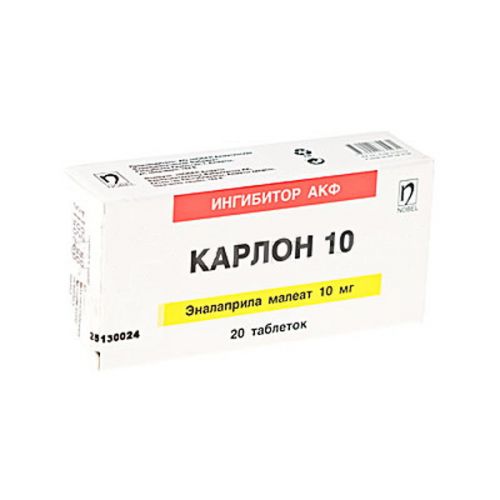
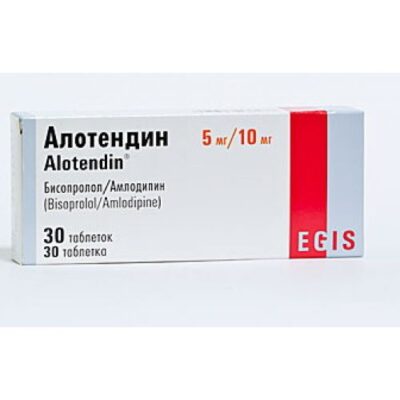
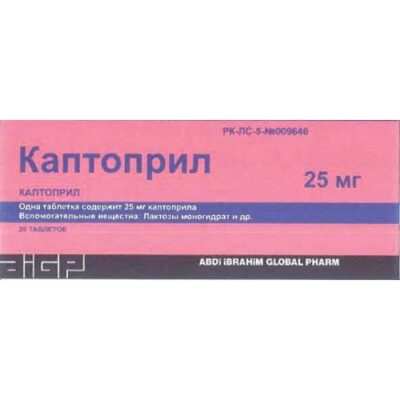
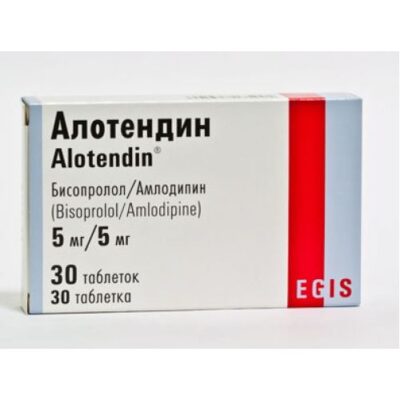
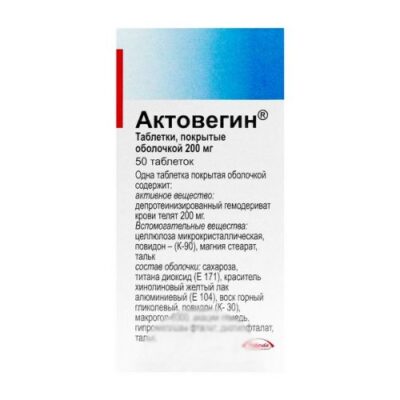

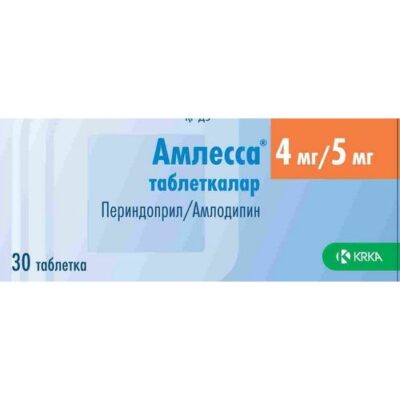
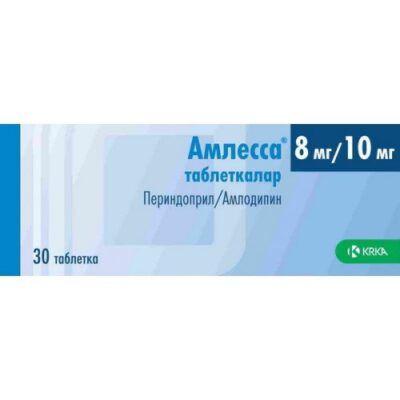
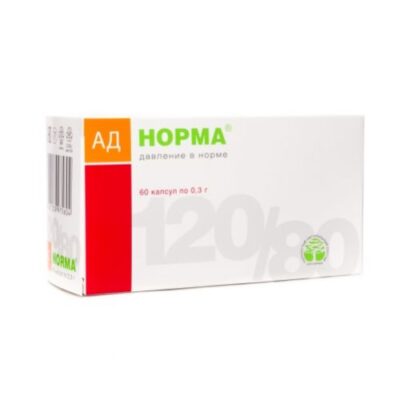
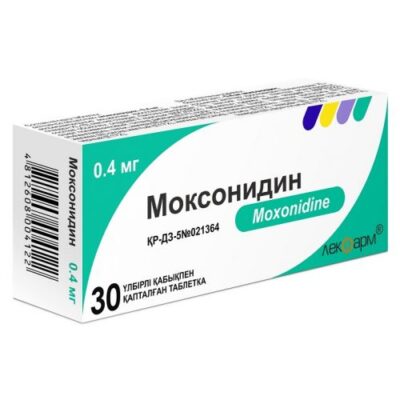
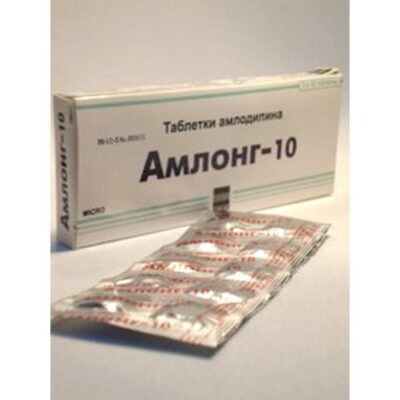






Reviews
There are no reviews yet.